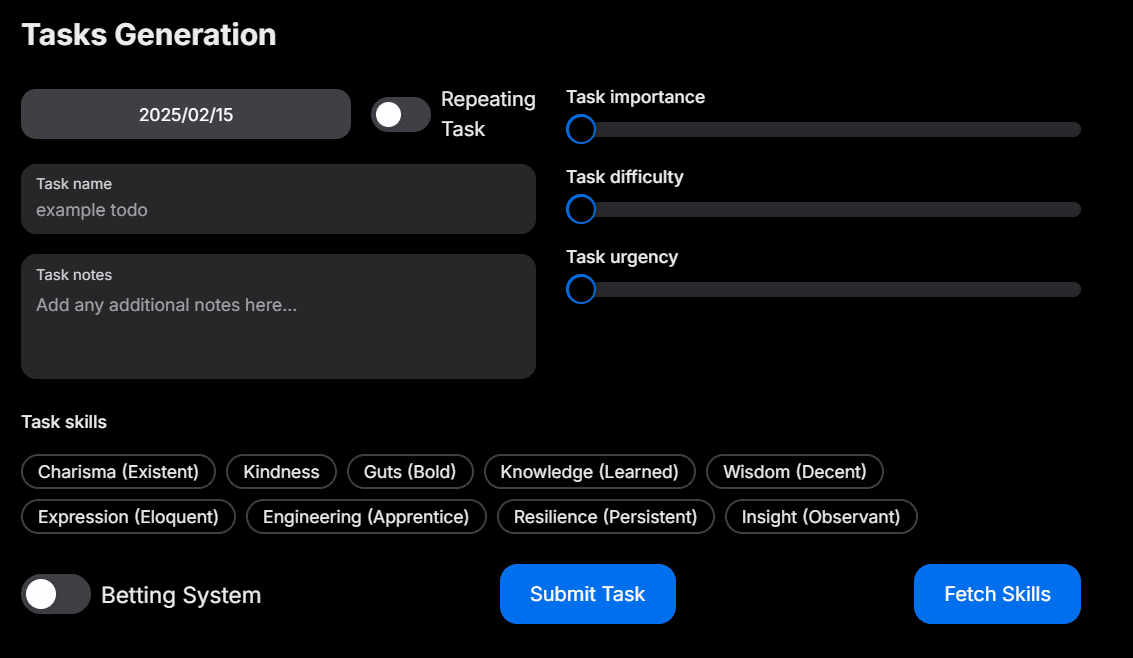Tauri-Powered Productivity App – A Faster, Smarter Evolution
A high-performance, AI-powered to-do list and productivity tracker, built with Rust & React for a lightweight, seamless experience. ✅ Optimized with Rust for better speed & efficiency ✅ Local-first, but cloud-synced for seamless tracking ✅ AI-driven insights to analyze and improve productivity ✅ Redesigned for a cleaner, more elegant UI
Problem & Solution
Why I Built This
"I love my Electron app… but my RAM doesn’t." While Electron made it easy to build cross-platform desktop apps, it came with high memory usage and performance overhead—something I couldn’t ignore. 300MB+ for a simple to-do app? No thanks. Beyond that, I needed better AI integration, offline processing, and a more scalable architecture, and Electron just wasn’t cutting it.
How It Solves It
Switching to Tauri + Rust gave me: Significantly lower RAM usage (~20MB vs. 300MB) Faster local AI inference without needing external APIs More control over memory & performance optimizations A more elegant UI with a React frontend By learning Rust & Tauri, I rebuilt the app with a stronger backend, lighter footprint, and smarter AI integration.
See It In Action


Impact & Future Improvements
What This Achieved
🔥 Cut RAM usage by over 90%, making it far more efficient. ⚡ Integrated offline LLM processing, reducing reliance on cloud services. 💻 Redesigned UI using React, making it more modern & responsive. 🔍 Built a stronger backend in Rust, allowing better scalability & performance. 🤖 Improved local-to-cloud sync, making data management smoother.
Possible Improvements
💡 Fully real-time AI assistant → Right now, the AI runs locally but still requires manual input. The next step is making it respond more dynamically. 📊 Better visualization for stats & achievements → Adding better data insights & analytics for tracking progress. 🔄 More efficient local caching → Further optimizing backend processing for even faster response times. 🛠 Refining UI/UX → The foundation is solid, but there’s still room for a more polished user experience.